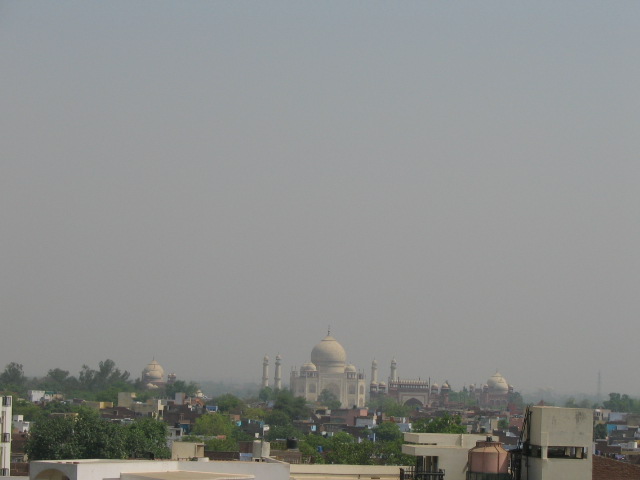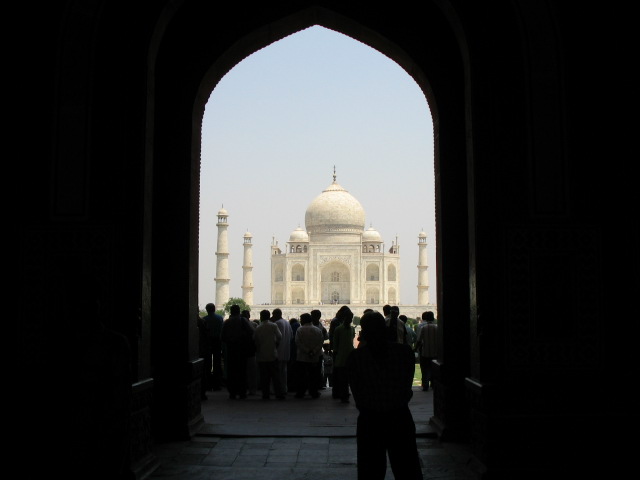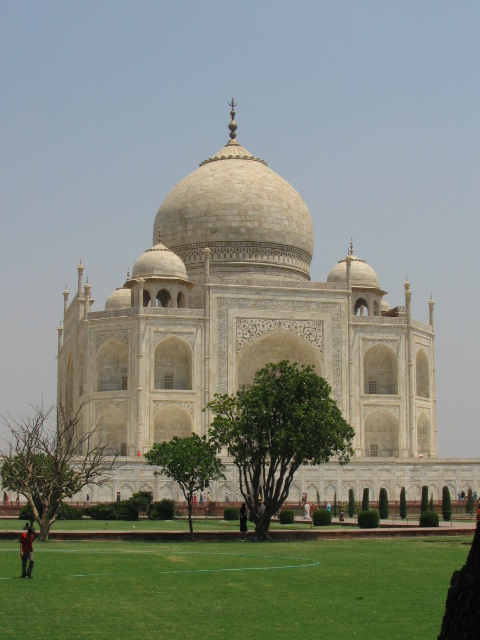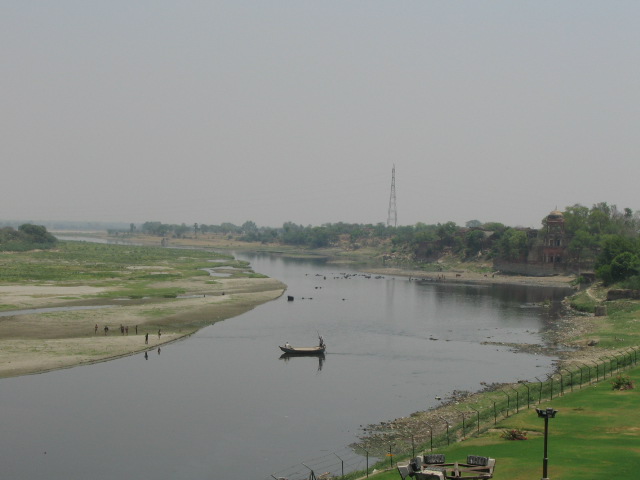I think this post has been procrastinated enough. It all started a couple of months ago, when I mentioned a Marathi proverb to my Dad, that when literally translated means “I KNOW, but, I can’t DO”. Dad mentioned a book titled “The Knowing-Doing Gap” at the time and even got me a copy in the next few days. I was intrigued by the topic/title. For sometime then I had been thinking about things like “What motivates people?”, “Knowing-doing gaps in our personal and professional lives”, etc. I started reading the book to validate my analysis of why this knowing-doing gap exists. Although, the book was focused on knowing-doing gaps in organizations; the reason behind their existence and ways of overcoming the same, it made an interesting read. You should be able to find the book summary by googling the title and hence I will not mention that in this post. Instead I will focus my attention on my original thought; “Why do knowing-doing gaps exist in our personal and professional lives?”
Some sample KNOWs –
- I KNOW I need to lose weight.
- I KNOW I should not carry work home and vice-a-versa.
- I KNOW I need to exercise regularly.
- I KNOW I need to plan my finances and make the right investments.
- I KNOW I need to improve on my listening.
- I KNOW I need to learn that new technology that is hot in the job market currently.
Here are some factors that I have identified. I would love to hear your thoughts on the same.
- You KNOW because you are told.
I think that this is one of the most important factors. Do you truly believe that you need to DO or is an external entity directing you to DO? Unless one is convinced about the KNOW, DO cannot happen. For ex. You KNOW you need to lose weight, but that is because people say you should.
- Inertia/Who wants to leave the Comfort-Zone!
Many times the pleasure of being in one’s established comfort-zone is more alluring than the efforts involved in the DO.
- Fear
Fear of change during the DO. Previous failed attempts or negative information from external sources can also prevent us from DOING.
- Lack of motivation
- Analysis Paralysis
Does one devote time for self-analysis? Is the DOING Vs the KNOWING measured, tracked?
- Lack of momentum
Often times one starts off enthusiastically, but falls back at some point of time. I guess lack of measurement makes the failure difficult to be attributable to this lack of momentum or any other specific factors.
Anyhoo, I know I just surmounted one gap! (I KNOW I need to write a post on the knowing-doing gap.)












